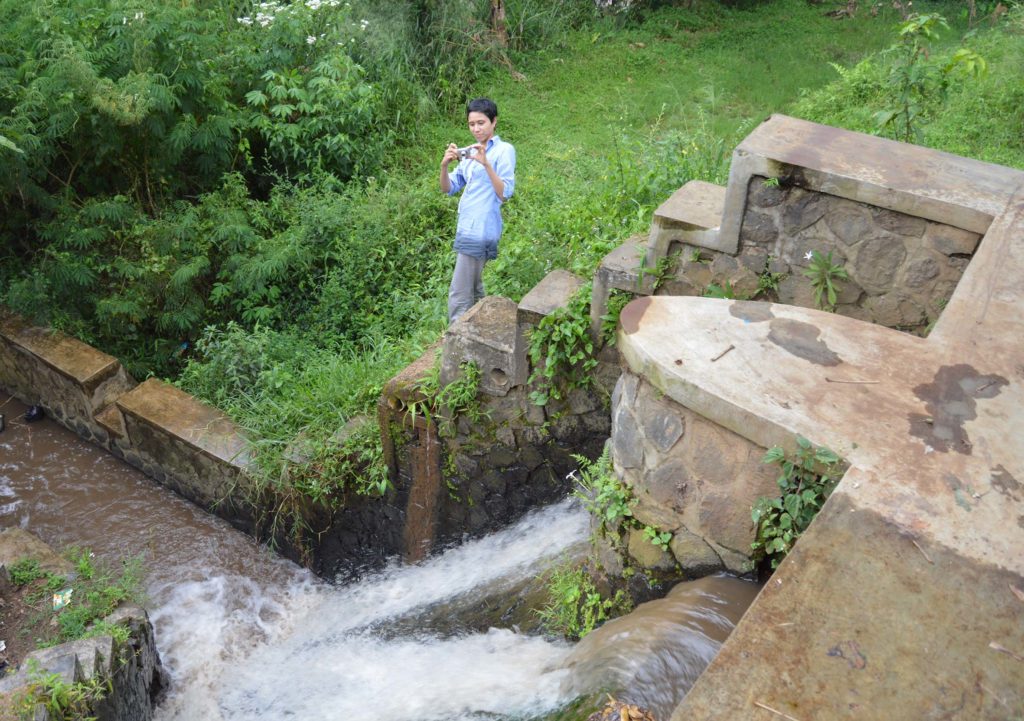Vision
I believe valuable knowledge to create healthy cities and landscapes lies in our past. The way humans have shaped landscapes to create settlements and deal with water supply, floods and drought throughout history (however successful or not) was in a way smart. Working with what our natural surroundings have to offer and acknowledging its limitations will help us deal with the challenges of today. If we are able to combine knowledge from the past with todays expertise we are able to move forward in a sustainable way and built healthy and resilient environments for plants, people and animals alike.
The way our cities and landscapes are physically shaped today is a result of the interaction between the economic drivers and the ecological or natural framework of the context. For example cities are usually built on natural elevations near strategic waterbodies as the ocean or rivers. Local industries were often closely intertwined with the local ecology. Cities with a strong (former) textile or paper industry are usually located in areas with an abundance of fresh water (bodies) used as proces water, as driver for mills and/or waterways. If we understand the historical and current relation or disconnect between economy & ecology we are able to re-create and re-connect a valuable development strategy.
My work embodies;
- Design research into the historical development of (urban) landscapes and water systems in for example: Thirsty Cities and Circular Water Stories
- Assessment of the cultural and historical value of (urban) heritage landscapes and their water systems in for example: Historical green and waterstructures of Middelharnis & Sommelsdijk
- Spatial development strategies for resilient (urban) landscapes and water systems: Fashion Village Bandung
